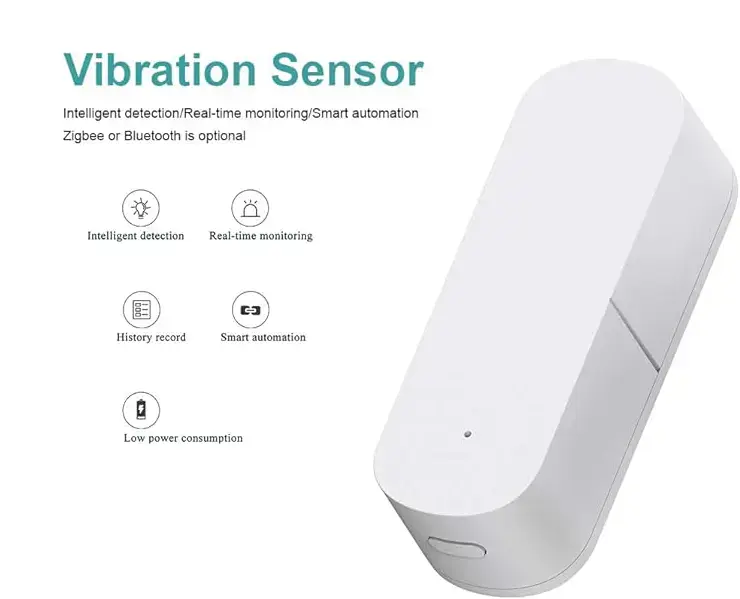
HOME AUTOMATION
MAKE YOUR HOME A BETTER PLACE
WHAT IS
SMART HOME AUTOMATION
Home automation is the automatic control of electronic devices in your home. These devices are connected to the Internet, which allows them to be controlled remotely only by the homeowner. With smart home automation, smart devices can trigger one another so you don’t have to control them manually via an app or voice assistant. For example, you can put your lights on schedules so that they turn off when you normally go to sleep, or you can have your universal IR turns the A/C up about an hour before you return to work so you don’t have to take care of the smart house duties. Nowadays, Home automation makes our life more convenient, relaxed and can even save you money on heating, cooling and electricity bills. Home automation can also lead to greater family safety and home security with the Internet of Things devices like smart door lock, security cameras, smart sensors and access control.

HOW SMART HOME AUTOMATION
WORKS

Home automation works via a network of smart devices that are connected to the Internet through different communication protocols, i.e Wi-Fi, Bluetooth, ZigBee, and others. Through electronic interfaces, the devices can be managed remotely through controllers, either a voice assistant like Alexa or Google Assistant or mobile device app. Many of these IoT connected devices have sensors that monitor changes in motion, temperature, and light so the user can gain information about the device’s surroundings. The user interface for control of the system uses either mobile-App, voice control, wall-mounted smart panels, and tablets. The mobile application, or a Web interface that may also be accessible off-site through the Internet wherever you are. Also, the automated scenarios play a crucial role and let your home handle its duties remotely without a human intervention.
COMMUNICATION
PROTOCOLS
The way that IoT smart devices connect to the Internet and each other is their control protocol; if the smart devices are people, think of the protocol as their common languages. Like us, there are a few different languages, or protocols, that devices can speak, including:
-
WiFi: WiFi is by far the most common control protocol; it means that your smart home devices will use the regular Internet provided by your Internet Service Provider. While this doesn’t require an additional hub, note that it can slow your web surfing speeds down, especially if you have a ton of different smart devices set up at once.
-
ZigBee: Don’t want to mess with your home’s WiFi? ZigBee is a wireless technology that won’t interfere with your WiFi; rather, it operates on low power consumption and more stable connectivity
-
Z-Wave: Z-Wave is like ZigBee, it is a mesh network and universal language that lets smart home devices communicate.
-
Bluetooth: Finally, Bluetooth is another mesh technology that lets people control and monitor smart devices and automate systems. However, its coverage area is limited
For most homeowners, WiFi-connected smart house devices will be sufficient, but for more advanced smart homes, you might want to switch to a mesh network like ZigBee or so.
IS HOME AUTOMATION
SECURED?
A common question nowadays if the home automation systems are secured enough or not. With some smart house devices, digital security can be more of an afterthought, not originally built into many first-generation models. However, as security breaches become more commonplace, many manufacturers are changing their ways, making their smart house devices less hackable. But ultimately, it’s up to the user to take advantage of these digital security features.

SMART HOME
SECURITY DEVICES
SHARE WITH US
YOUR THOUGHTS
Fill out the form, or call us to
set up a free at home consultation.
Service Areas:
Cairo, Giza, and Alexandria cities
Call/whatsapp: +2 012 7300 0095

SECURED PAYMENT
100% Secured
INSTALLMENT PLANS
Up to 60 installments
FREE SHIPPING
Order over 20'000+
14 DAYS RETURN
100% Satisfactory






























































